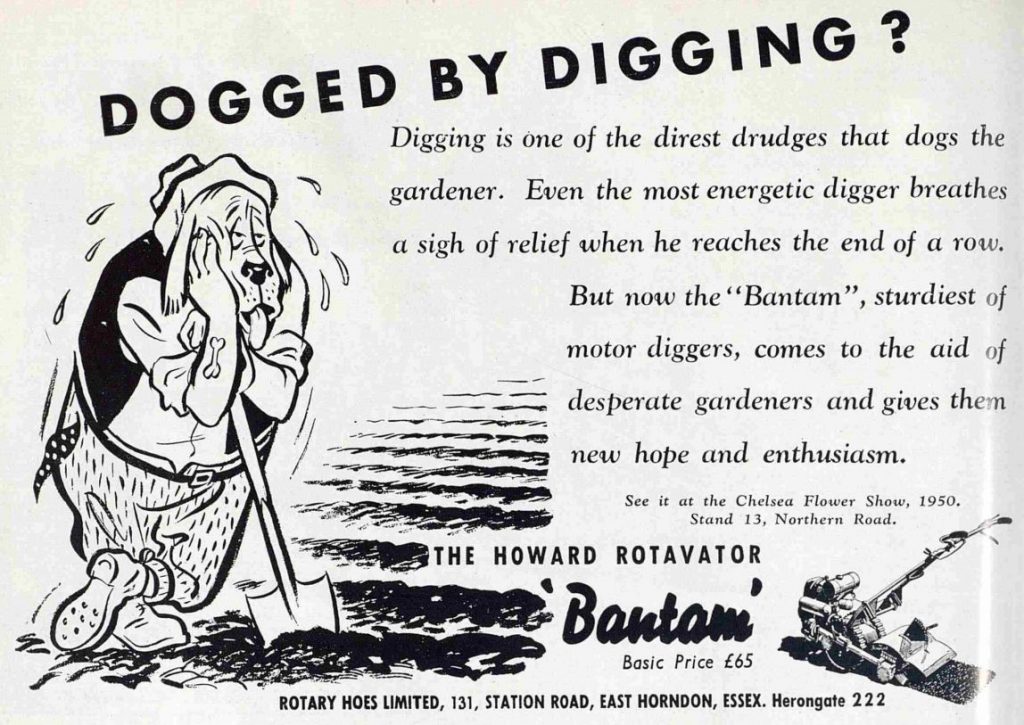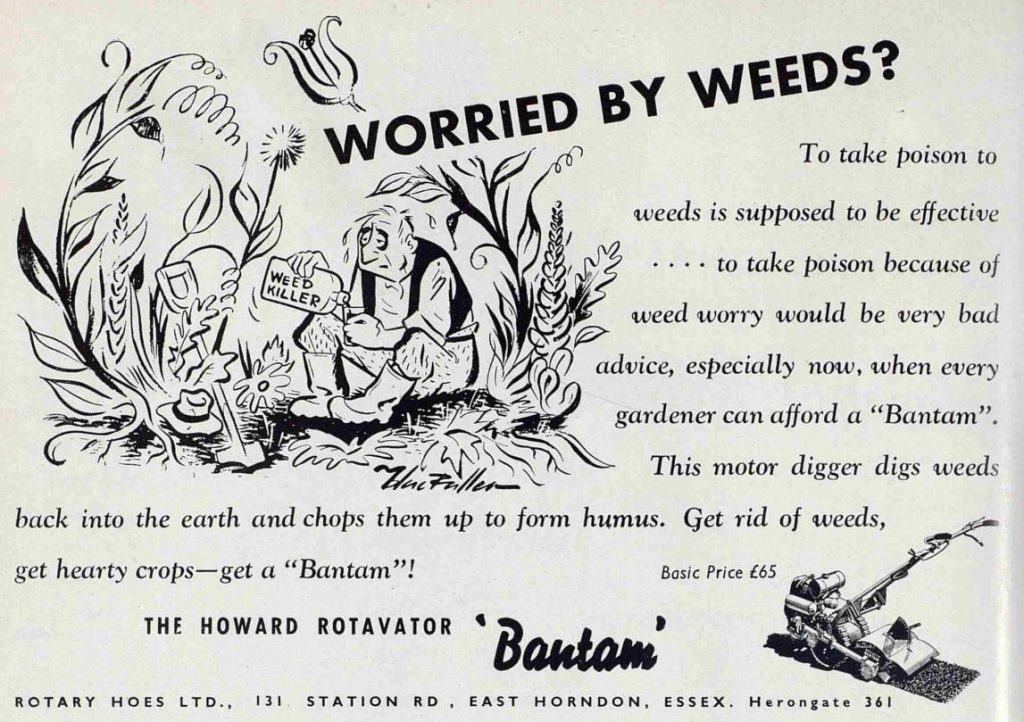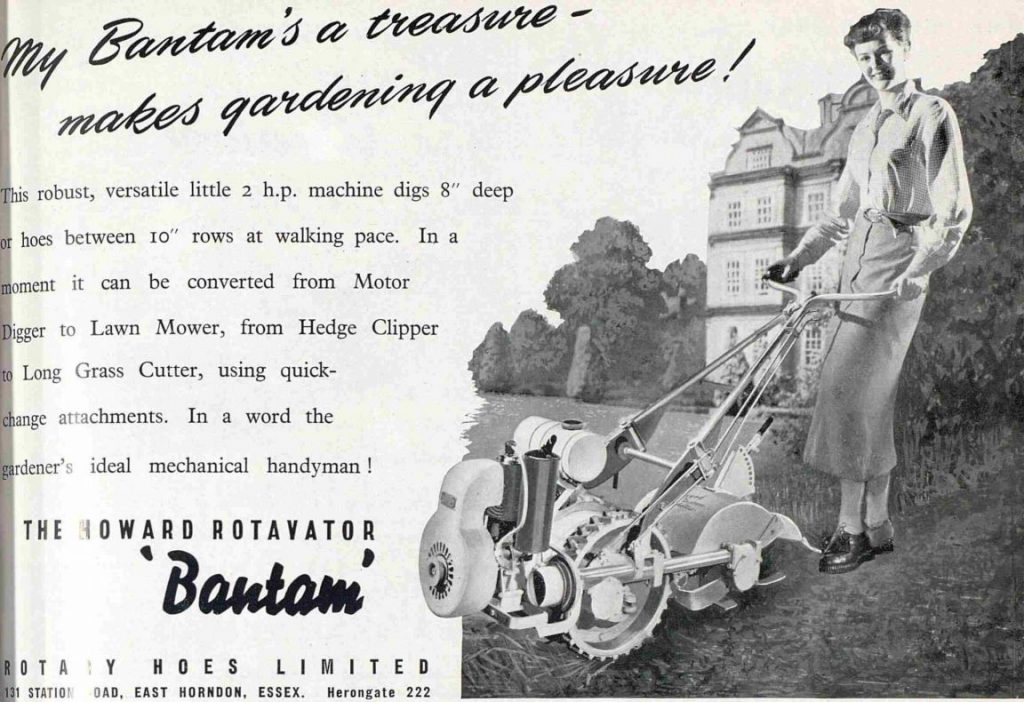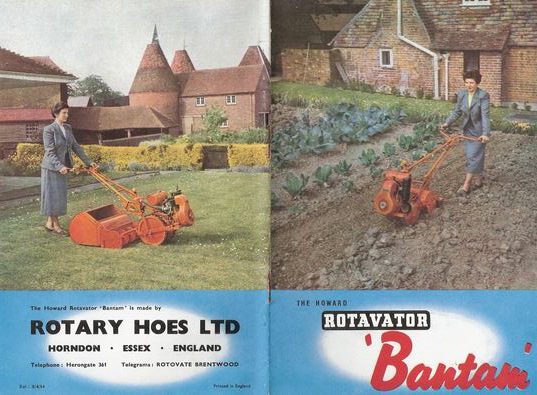World of Chainsaws
August 15, 2019 in Machinery
A question then: Off the top of your head can you name half a dozen chainsaws brands up to the early 1980’s that were sold in the UK?
It’s a tricky question partly due to the fact that many chainsaw brand names don’t often relate to other machines such as mowers, tillers etc.
Here’s a quick run down of a few of the more common names that appear in the VHGMC gallery and archive: Clinton, Castor, Danarm, Echo, Frontier, Husqvarna, Homelite, Jonsered, McCulloch, Oregon, Oleo-mac, Pioneer, Partner, Poulan, Solo, Stihl, Sabre, Sachs Dolmar, Trojan, Teles, Tarpen.
And there are electric models including: Remington, Black & Decker etc.
Some manufacturers produced both petrol and electric chainsaws. An advert from 1980 states that a free Mac 14 electric chainsaw (worth £72) would be given away with every purchase of a petrol McCulloch model – a case of buy one get one free. Perhaps the electric one was for Sunday best and being electric didn’t wake the neighbours from their weekend lie-in.
Looking at newspaper archives over the last 40 years there are many articles about chainsaw safety. One says that “A chainsaw operator will have only one argument with a chainsaw and that could be his last” alluding to the fact that little appreciation of the power and speed of a chainsaw that could lead to potential damage and injury through lack of skill or attention. Which reminds me of a client who, many years ago and without any chainsaw skills, bought his first petrol chainsaw at a DIY store at a heavily discounted price because it lacked the box, instructions and safety info, thankfully he lived within spitting distance of the local hospital if anything had gone awry.
There’s some positive chainsaw news too. In 1972 on the 29th November at 8pm there was a ‘Chainsaw owners and users chainsaw clinic‘ at the Talbot Hotel, Wexford, given by Bennett’s of Wexford. Bennetts were main dealers for Homelite and Stihl and would sharpen, service and repair any make. I have a feeling that the chainsaw clinic may have been well attended with people bringing in their saws which we now consider vintage – wonder what they all were?
McCulloch were keen to get in on the act of promoting their saws. McCulloch (which most folk associate with budget machinery from some big retail shed) has had a varied history (B&D in 1974, Husqvarna from 1999, MTD from 2003) but in the 1960’s they were brilliantly promoting their chainsaw demonstrations. For example, one in Wexford in November 1965 which was ‘sure to attract a large audience‘ and another in 1970 at Potterton’s Cattle Market, Louth. which would appeal to farmers on a wet Friday in February and no doubt get some sales.
Chainsaws aren’t always self powered items. Take the Tarpen chainsaw that could be driven by many machines via a flexi-drive as shown with the Allen scythe in the image, above. The Tarpen chainsaw also works with the Merry Tiller to make an interesting and useful machine see image or with the 24″ and 26″ Hayter rotary mowers see image.
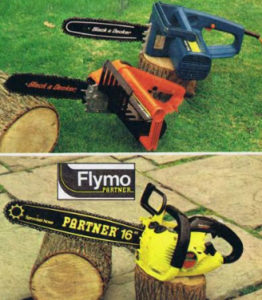
Black & Decker 10″ and Flymo Partner 16″ vintage chainsaws
In the right-side image and certainly aimed at the home gardener we have the 1981 Black & Decker 10″ chainsaw which will log, trim, prune and fell trees up to a very optimistic 20″ diameter. The blue 1100 watt saw was £29.99 and the orange 1200 watt saw £38.99. The yellow Flymo Partner 16″, 34cc, 2-stroke engine machine with 16″ cut felling trees up to 28″ diameter was £99.99.
And what is surprising is that similar domestic machines can be bought today some 38 years later for similar prices, or in some cases less.
Have a look at some proper-built chainsaws in the VHGMC Gallery. Have you got any to add?

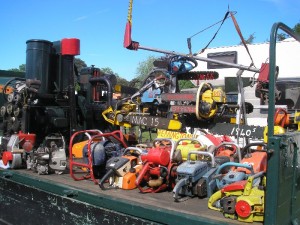
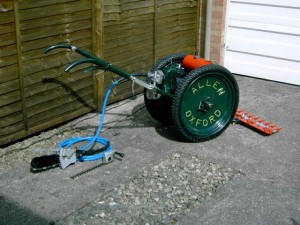
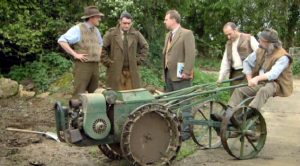
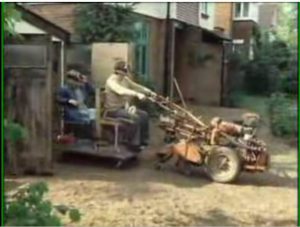
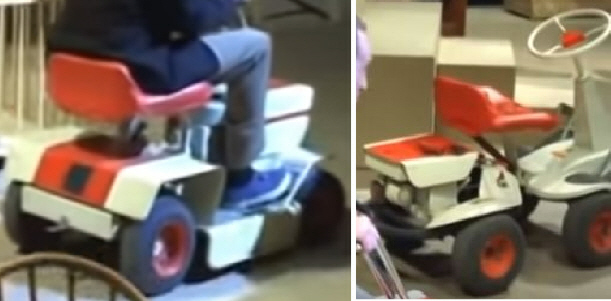
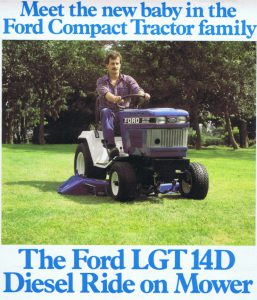
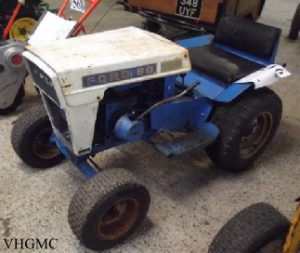
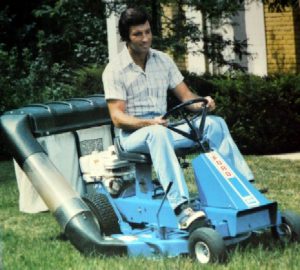
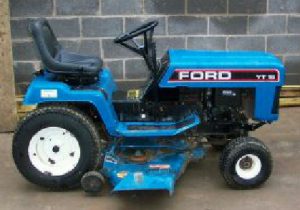
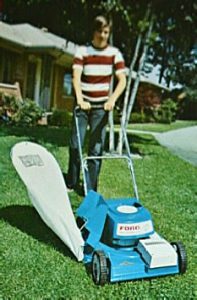
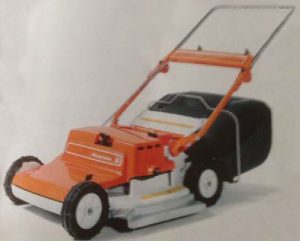
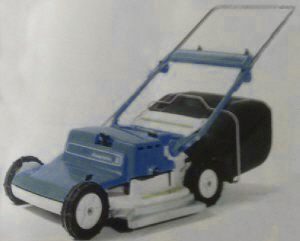
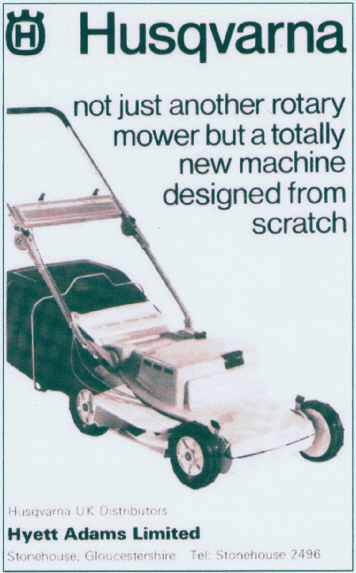 Then, a year after I started looking for this mower I find a magazine advert (image right) with dealers name and address of Hyett Adams in Gloucestershire, which confirms they were sold in the UK and it wasn’t just some magazine hear-say to fill their editorial pages.
Then, a year after I started looking for this mower I find a magazine advert (image right) with dealers name and address of Hyett Adams in Gloucestershire, which confirms they were sold in the UK and it wasn’t just some magazine hear-say to fill their editorial pages.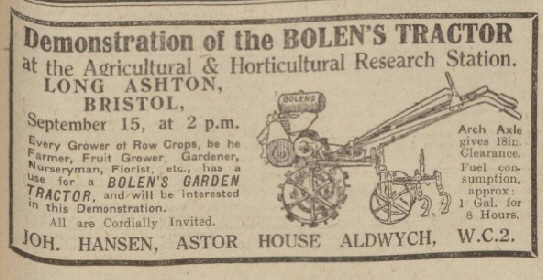
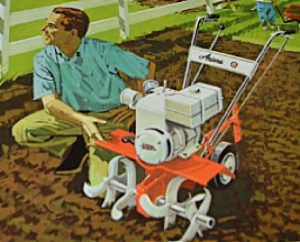
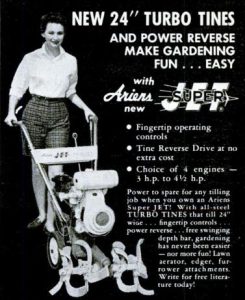
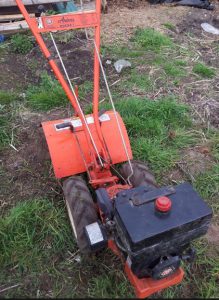
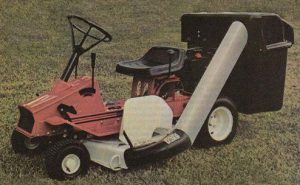
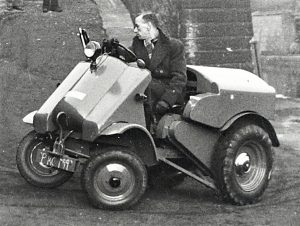

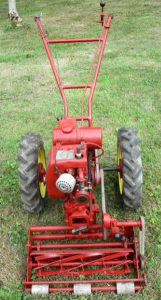
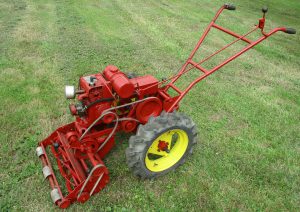
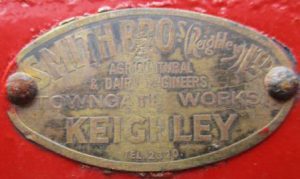 Unusually this article is briefly about a specific machine. And just as this Barford has a history so does every machine and they are always worth researching. If you have a manufacturer name, address or makers plate then five places to start are:
Unusually this article is briefly about a specific machine. And just as this Barford has a history so does every machine and they are always worth researching. If you have a manufacturer name, address or makers plate then five places to start are: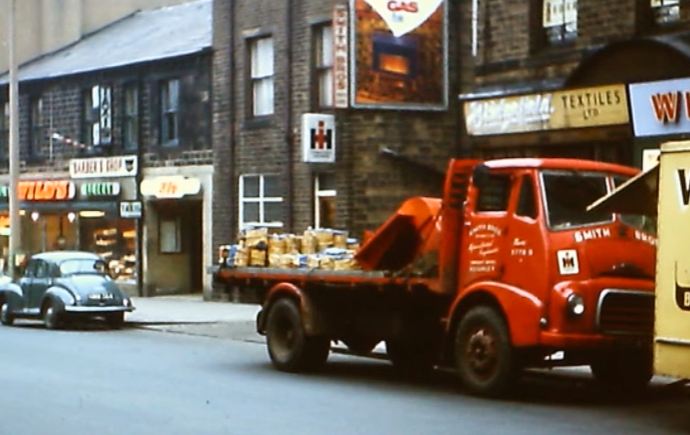
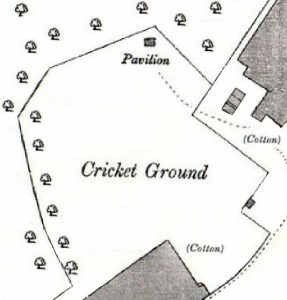
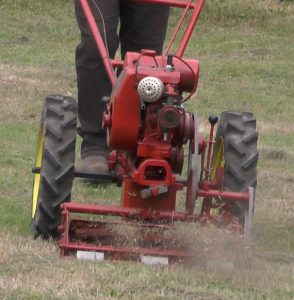
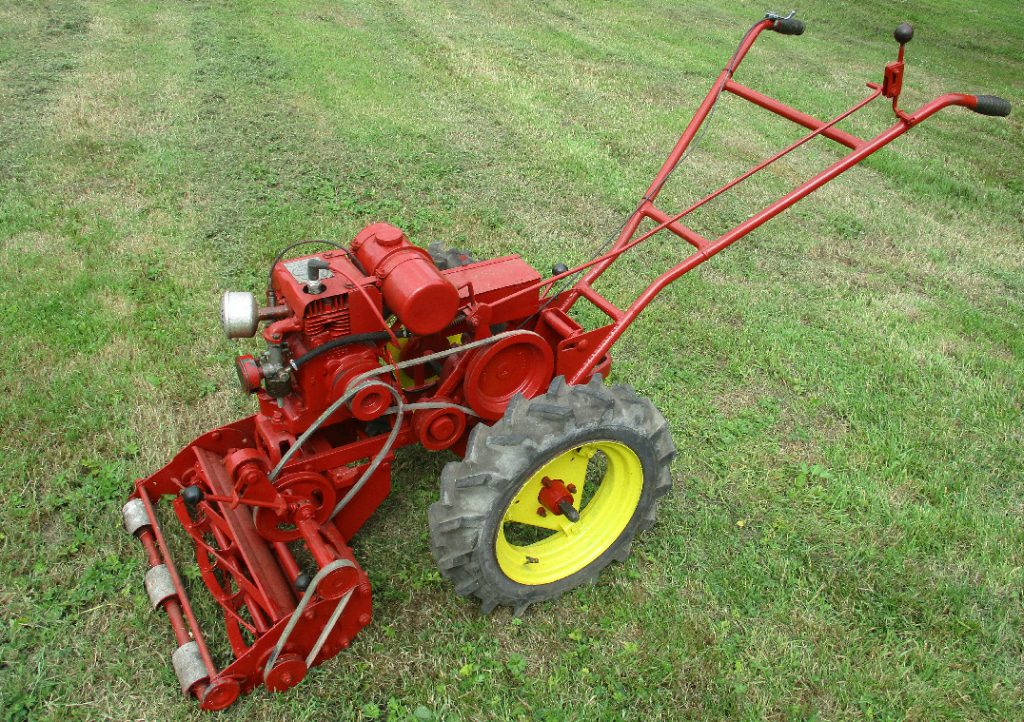
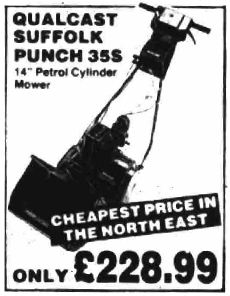
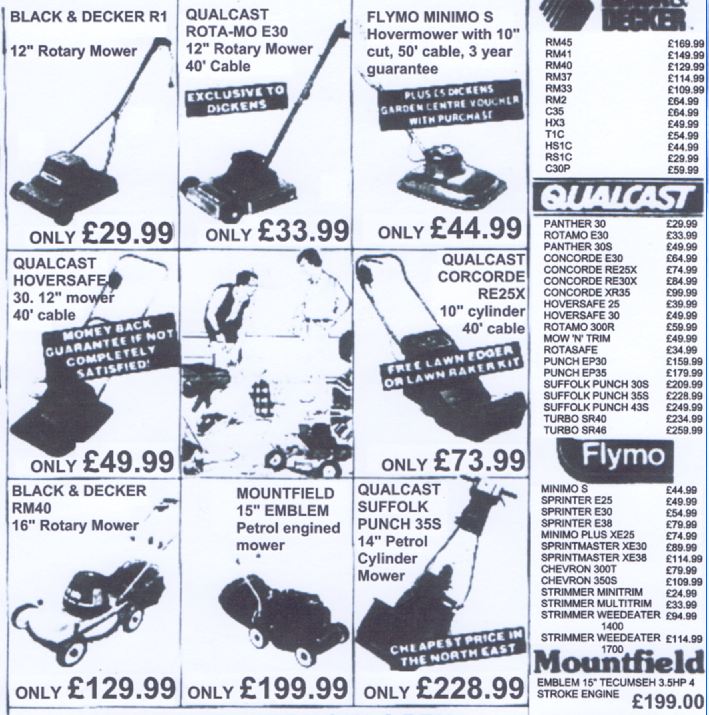
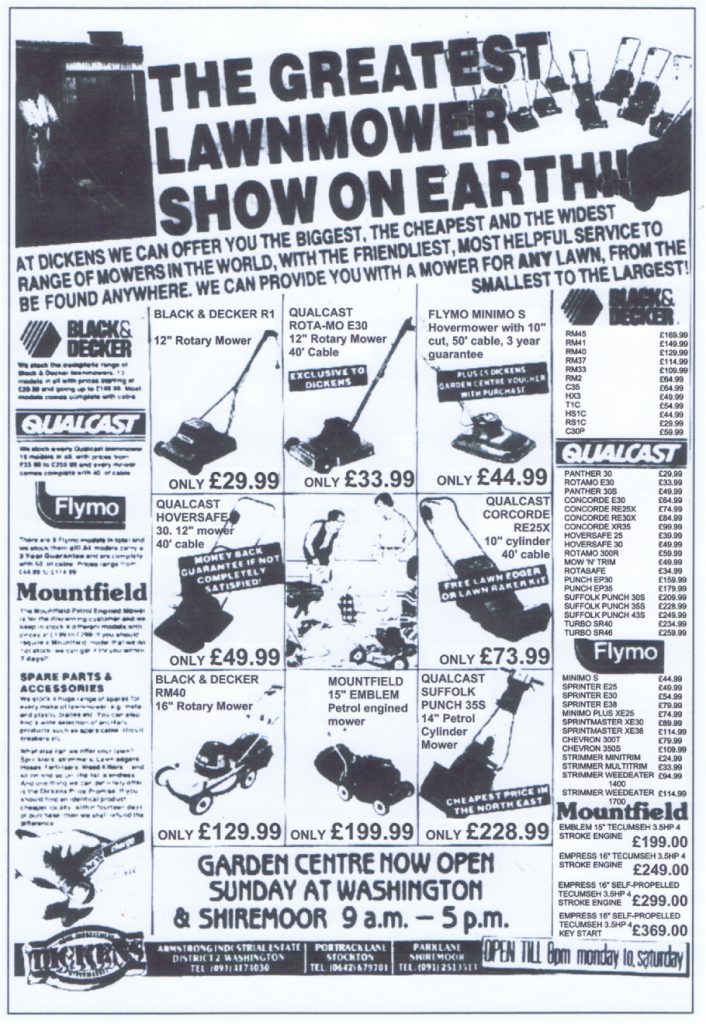 Briefly, there is a huge range of electric mowers. What’s the difference between the Qualcast Concorde RE25X and the RE30X apart from £10.00 ? Or the Flymo Sprinter E25 and E30 ? A brochure would be mighty helpful!
Briefly, there is a huge range of electric mowers. What’s the difference between the Qualcast Concorde RE25X and the RE30X apart from £10.00 ? Or the Flymo Sprinter E25 and E30 ? A brochure would be mighty helpful!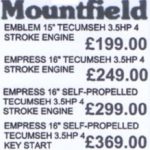 There isn’t a Mountfield electric mower in the bottom right corner of Dickens advert, they may not have been manufacturing them at the time, but their petrol mowers show that the price nearly doubles between the Mountfield Emblem 15″ and the 16″ self propelled with electric start, both with a 3.5hp Tecumseh engine – would that be a premium product at the time?
There isn’t a Mountfield electric mower in the bottom right corner of Dickens advert, they may not have been manufacturing them at the time, but their petrol mowers show that the price nearly doubles between the Mountfield Emblem 15″ and the 16″ self propelled with electric start, both with a 3.5hp Tecumseh engine – would that be a premium product at the time? 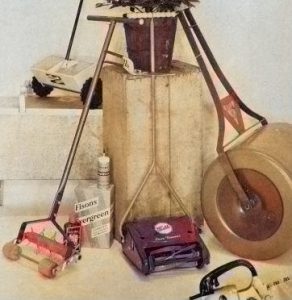
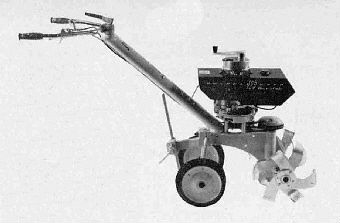
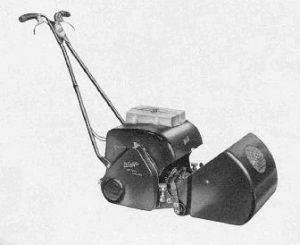
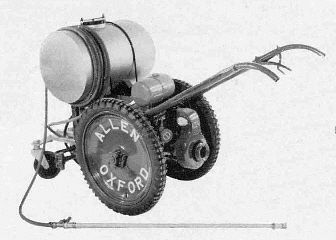
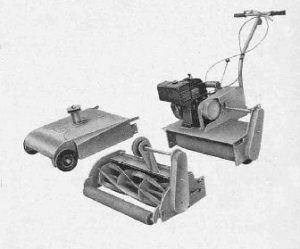
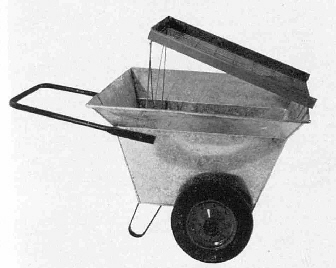
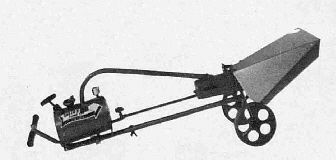
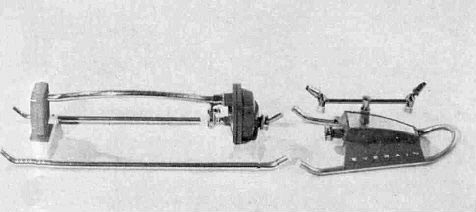
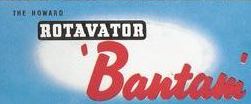 Humour can capture the attention of the prospective customer far easier than any serious advertising might.
Humour can capture the attention of the prospective customer far easier than any serious advertising might. 